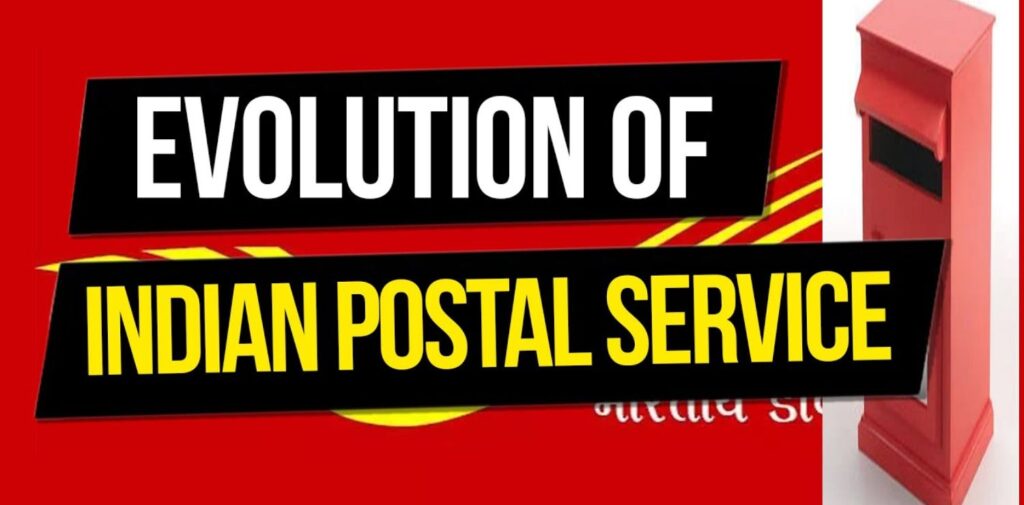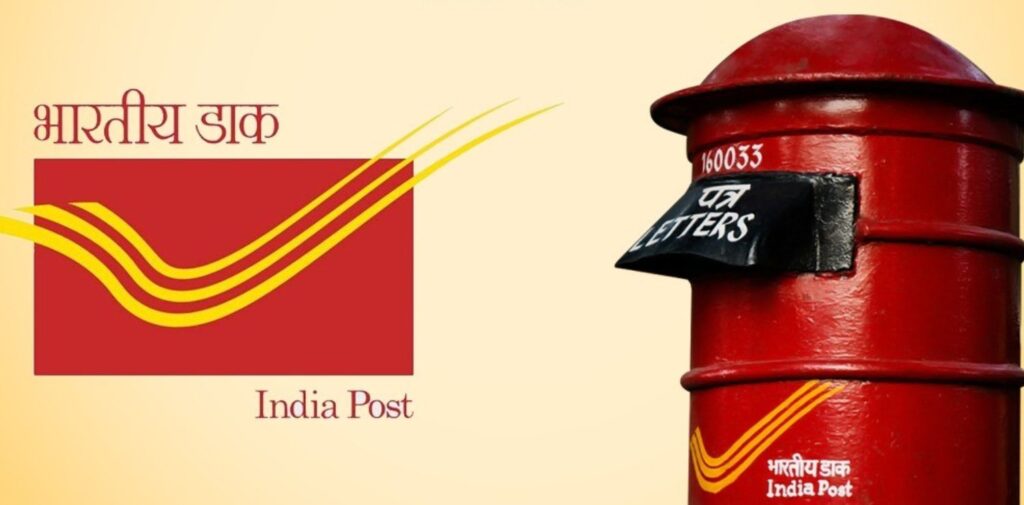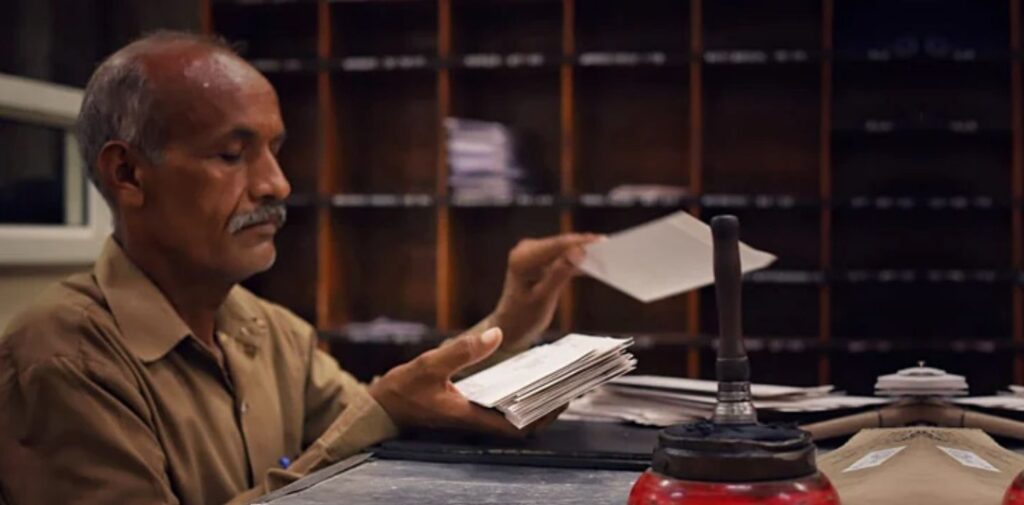India, a land of vast cultural diversity, geographical variety, and multiple languages, has always faced challenges when it comes to maintaining unity among its people. The country is home to different religions, customs, languages, and ethnic groups, but despite these differences, India has stood strong as one nation. A significant yet often overlooked element that has played a crucial role in strengthening the ties of national unity is the Indian Postal Service.
From connecting people in distant villages to facilitating communication between cities and states, the postal service has been a key enabler in uniting a country as large and diverse as India. In this article, we will explore how the Indian Postal Service has contributed to national unity and how it has evolved to meet the challenges of a modern and digital India.
The Origins and Evolution of the Indian Postal Service
The roots of the Indian Postal Service can be traced back to ancient times when communication across regions was an important aspect of governance. However, the modern postal system in India began to take shape during British rule. In 1854, Sir Warren Hastings, the then Governor-General of India, established the first organized postal system.
The introduction of the first postage stamp, known as the “Scinde Dawk,” in Sindh in 1852 was a significant step. Following this, the Indian Postal Service was formalized, and the postal network expanded across the country, connecting cities, towns, and rural areas. By the time India gained independence in 1947, the postal network had grown extensively, becoming one of the largest postal systems in the world.
After independence, India made significant efforts to improve and expand its postal services to cater to the needs of the rapidly growing population. Today, India boasts over 150,000 post offices, making it one of the largest postal networks globally.

The Role of the Postal Service in National Unity
Connecting People Across Regions
One of the most vital functions of the Indian Postal Service has been to connect the people of India across its vast geographical expanse. From the snowy peaks of the Himalayas to the coastal plains of the South, the postal network reaches even the most remote and far-flung regions. This connectivity fosters communication between different parts of the country and allows individuals, families, and communities to stay in touch.
In the early years after independence, when India was grappling with challenges such as language barriers, cultural differences, and the aftermath of partition, the postal service played a vital role in binding people together. For example, in rural areas where other means of communication were scarce or nonexistent, the postal service became the primary mode of communication. This allowed people to exchange letters, share news, and stay connected, even if they were separated by great distances.
Promoting Literacy and Education
The Indian Postal Service has played an essential role in promoting literacy and education in the country. In a nation where a large portion of the population lives in rural areas, access to books, educational materials, and correspondence related to education could be a challenge. Postal services helped bridge this gap by enabling students, teachers, and institutions to share resources efficiently.
In addition, the launch of initiatives like the India Post Payments Bank (IPPB) and postal banking services has made financial literacy more accessible to the masses. With the reach of post offices in every corner of India, these services have provided a means for people to save, transfer money, and access government schemes, thereby helping foster financial inclusion.
Facilitating Cultural Exchange and National Integration
India’s diversity is one of its most beautiful aspects, but it also presents challenges in terms of national unity. The postal service has played a crucial role in promoting cultural exchange among different regions of India. Through stamps, literature, and postal exhibitions, the Postal Service has worked to celebrate India’s cultural diversity and educate people about the country’s rich history and heritage.
The Indian Postal Service’s issuance of commemorative stamps on historical events, national leaders, festivals, and landmarks has fostered a sense of pride and patriotism. Stamps have not only depicted important aspects of Indian culture but also celebrated the unity in diversity that India represents. By showcasing the different languages, customs, and traditions of various regions, the Postal Service has helped create awareness and appreciation of India’s pluralistic society.
Bringing Government Services to the Doorstep
Another important role of the Indian Postal Service in fostering national unity has been its contribution to the delivery of government services. Various government schemes, particularly those aimed at rural development, have been implemented through the postal network.
The government uses the postal system to distribute pensions, subsidies, and other social welfare benefits to people in remote areas. This has ensured that even the most marginalized sections of society, such as those in rural and tribal areas, are able to receive government support. The postal service’s role in the implementation of these schemes has made citizens feel included in the nation’s growth process, regardless of their geographic location.

During National Crises and Natural Disasters
India has faced its share of natural disasters, such as floods, earthquakes, and cyclones. In times of national crisis, the Indian Postal Service has always been a reliable mode of communication, especially in rural and inaccessible areas. The postal network helps deliver emergency messages, relief materials, and medical supplies, ensuring that even the most disaster-prone areas are reached with vital assistance.
During the 2001 Gujarat earthquake, for example, the Indian Postal Service played a crucial role in delivering aid and connecting families. Similarly, during the 2013 Uttarakhand floods, the postal system was used to ensure that relief efforts reached the affected areas.
Promoting National Identity Through Philately
Philately, the collection and study of postage stamps, has been a unique way for Indians to connect with their country’s history, culture, and heritage. The Postal Department regularly releases commemorative stamps to mark significant milestones in Indian history, independence struggles, and notable achievements in various fields.
These stamps often depict great leaders, landmarks, and moments from India’s history that remind citizens of their shared legacy. Through philately, people across India are able to celebrate their national identity and feel a sense of belonging to a greater cause, further strengthening the fabric of national unity.

Challenges Faced by the Indian Postal Service
Despite its vital role, the Indian Postal Service has faced several challenges in recent years. The rise of digital communication, including emails and instant messaging, has led to a decline in traditional postal mail. However, the postal service has adapted to these changes by expanding its services beyond just mail delivery.
The introduction of e-commerce and the need for faster delivery systems have prompted the Indian Postal Service to modernize and invest in technology. The launch of services like India Post Payments Bank (IPPB) and e-commerce parcel delivery services are examples of how the postal service is evolving to meet the demands of a changing world while still remaining true to its roots of connecting people.
Conclusion: A Service for the People
The Indian Postal Service has, and continues to, serve as a pillar of national unity. Through its extensive network, commitment to rural areas, and delivery of essential government services, the postal system has connected Indians across the length and breadth of the country. It has played a vital role in promoting literacy, facilitating cultural exchange, and providing much-needed services during national emergencies.
In a world of digital communication, the Indian Postal Service has faced challenges, but it has shown resilience by adapting to modern needs while continuing to fulfill its core mission of keeping the nation united. Today, it stands not only as a means of communication but as a symbol of the shared identity and spirit of India.




